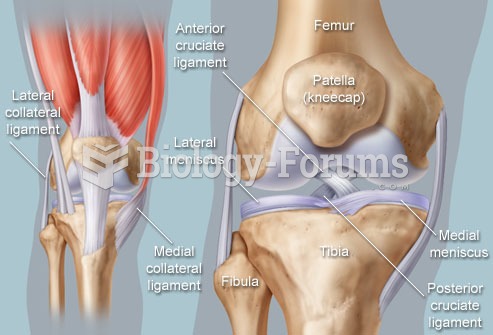Answer to Question 1
A
Feedback
A Correct. To help prevent cognitive dysfunction, postoperative complications, and an increased risk of morbidity and mortality, the nurse recognizes the risk factors this older adult has for delirium including stressors, infection, and surgery; thus, to prevent cognitive decline and additional postoperative complications, the nurse removes invasive devices promptly such as intravenous infusions, urinary catheters, and wound drains. Removing these devices not only reduces the risk of infection, thromboembolic events, blood loss, injury, and fluid imbalance, but they serve to promote mobility, promote a sense of control for the patient, and reduce the types of situations that can frighten the patient or that the patient can misinterpret.
B Incorrect. Poor pain management can contribute to delirium in older patients.
C Incorrect. A patient with multiple stressors and risk factors for delirium needs additional nursing care and attention to provide a calming, caring therapeutic environment. The nurse must assess the patient's functional status before allow-ing self-care and independent activities. In addition, this older adult is likely to need extensive physical therapy to maintain mobility.
D Incorrect. Benzodiazepines are a poor pharmacological choice for older adults for sedation or sleep because they can contribute to delirium, are highly addic-tive, and can cause rebound insomnia if withdrawn suddenly.
Answer to Question 2
D
Feedback
A Incorrect. Joint flexibility is a physical activity and not necessarily a learning activity.
B Incorrect. The members share enjoyment of knitting; other than being female and older, the group has no special bond on which to build.
C Incorrect. The need for socializing is not evident.
D Correct. Learning advanced techniques is a suitable activity for older adults be-cause it builds on knowledge they have already; further, it is suitable because it is concrete and practical for experienced knitters to develop advanced skills.







